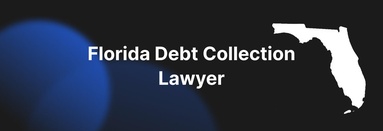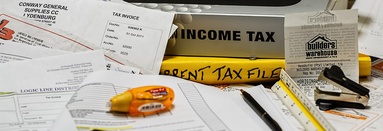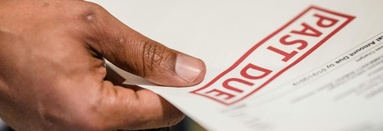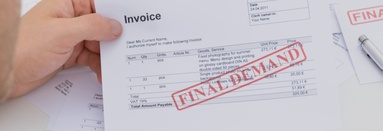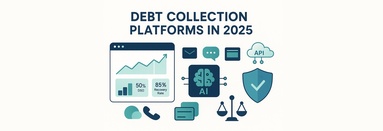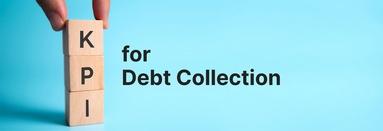When individuals or businesses are unable to repay their debts, creditors often resort to legal collections as a method of recovering the money owed to them. The legal collections procedure is a formal process that utilizes legal mechanisms to enforce debt repayment. This process can be time-consuming and difficult to navigate, particularly for those who aren’t familiar with it. In this article we'll explain how the legal collections process works, walking you through the steps involved and highlighting some of the responsibilities each party has during collections efforts.
Understanding the Debt Collections Process
Step 1: Demand Letter
Before taking legal action to collect a debt, it is usually necessary to send the debtor a demand letter. It informs the debtor that they owe money and must pay it back right away.
In the demand letter, you warn the debtor that legal action will be taken if payment is not forthcoming. It's important to remember that this is a legally binding document — you can present it in court if necessary (and often advisable!).
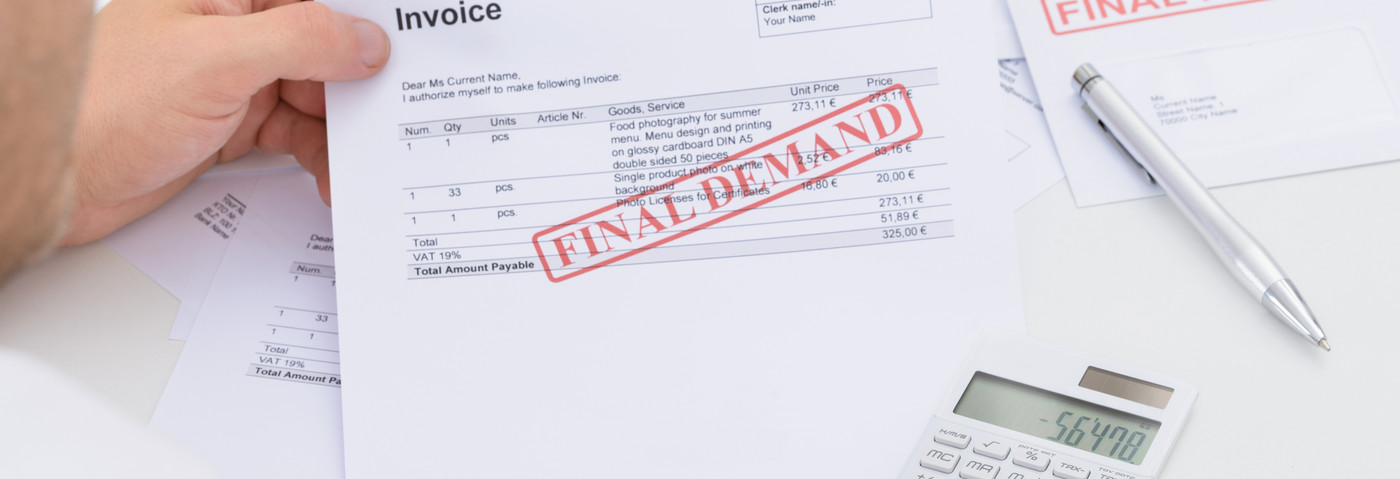
Step 2: Filing a Lawsuit
If a debtor fails to respond or refuses to pay, the creditor may initiate legal proceedings by filing suit against him/her in court. Debts must be verified by creditors and supported by evidence, such as invoices, contracts or credit card statements.
Step 3: Serving the Summons
Once the lawsuit is filed, the court will issue a summons—a legal document that notifies debtors of their obligation to respond and provides them with a specific period of time in which to do so. The summons is typically served by a process server or sheriff's deputy. This step is important because it officially notifies the debtor of the lawsuit and their obligation to respond. If a debtor does not receive proper service, they may be able to challenge the suit on procedural grounds.
Step 4: Debtor's Response
Upon receiving a summons, the debtor must respond within 20 to 30 days.
They can either admit or deny the allegations made by the creditor. If the debtor fails to respond, a court may issue a default judgment in favor of the creditor—automatically ruling in their favor without any opportunity for the debtor to offer a defense.
Step 5: Discovery
During this phase of a legal proceeding, both parties are required to share evidence and information with each other. The other party may be required to turn over documents, serve interrogatories (written questions that must be answered under oath), and even give depositions (interviews under oath).
Discovery helps the parties discover important facts about the case, decide whether settlement or trial is best suited to their interests and strengths, find out how strong each party's position actually is under closer examination, and uncover possible defenses or counterclaims that might be asserted by either side.
Step 6: Settlement or Trial
Once the discovery phase is complete, a creditor and debtor may negotiate a settlement. A settlement is an agreement in which the parties agree on one or more facts of their case—such as who owes what to whom. If no such agreement can be reached, then trial proceeds as the next step in litigation (the court will hear evidence from both sides).
In a trial, both sides present evidence and arguments so that they can settle on an outcome.
Step 7: Judgment and Enforcement
If the creditor is successful in his lawsuit, a judgment will be issued. A judgment is a legal decision that requires the debtor to pay back what they owe. Once a judgment is obtained, the creditor can pursue various enforcement methods to collect the debt. Here are some examples of legal remedies available to creditors: wage garnishment (where a portion of the debtor's wages is deducted to repay the debt), bank account levies (where funds from a debtor's bank account are used for repayment), property liens (a claim placed on an asset as security for money owed) or seizure of assets.
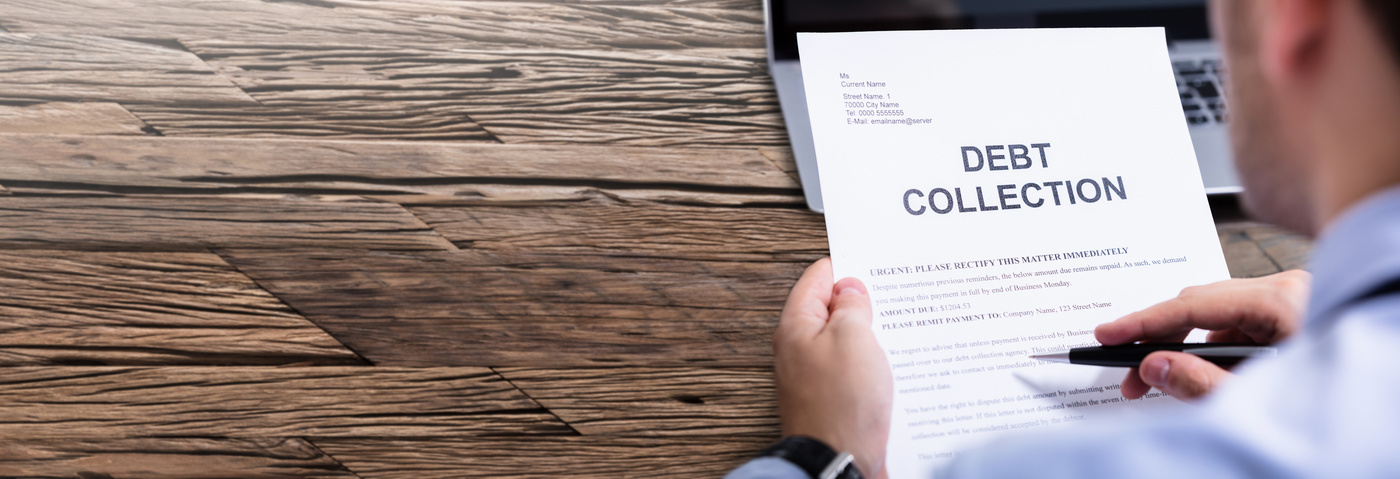
The Role of Various Parties in the Legal Collections Process
Creditors
Creditors are the individuals or businesses to whom a debt is owed. They contact either collections attorneys or agencies when they do not receive payments as agreed upon and begin legal proceedings in an effort to recover the money that is due to them.
Creditors may also choose to handle the collections process internally. It's important to note that creditors have a legal obligation to follow certain rules and regulations during the collections process, such as not harassing or threatening the debtor.
Debtors
Debtors are the people or organizations that owe money to creditors. They are responsible for repaying their debt and will face negative consequences if they fail to do so.
Debtors have the right to respond to the lawsuit, present their case in court and ask for exemptions from paying all or part of what they owe.
Attorneys
As part of the legal collections process, attorneys provide advice and guidance for creditors or debtors throughout proceedings.
Attorneys prepare legal documents, present arguments in court and negotiate with opposing parties on behalf of their clients. They can also advise clients about potential consequences and the best ways to resolve issues that are raised by a lawsuit.

Process Servers
Legal documents, such as a demand letter or summons, are delivered by process servers. These individuals ensure that the debtor is aware of the legal proceedings and must respond to them within a specified time frame.
Process servers play a crucial role in ensuring that the legal collections process proceeds in accordance with the law.
Judges and Juries
Judges and juries make decisions about whether debtors owe money to creditors based on evidence presented by both parties.
Judges issue judgments and oversee the enforcement of those judgments to ensure that collections are carried out fairly.
Conclusion
The legal collections process is a formal procedure that allows creditors to enforce debt repayment through the courts. It involves several steps, from sending a demand letter to filing a lawsuit—and potentially going all the way to trial if necessary.
Various parties, such as creditors, debtors, attorneys, process servers, judges, and juries, play important roles in the process. Understanding how the legal collections process works can help both creditors and debtors navigate the complexities of debt enforcement and credit recovery. It can also help debtors understand their rights and potential defenses during this process.

